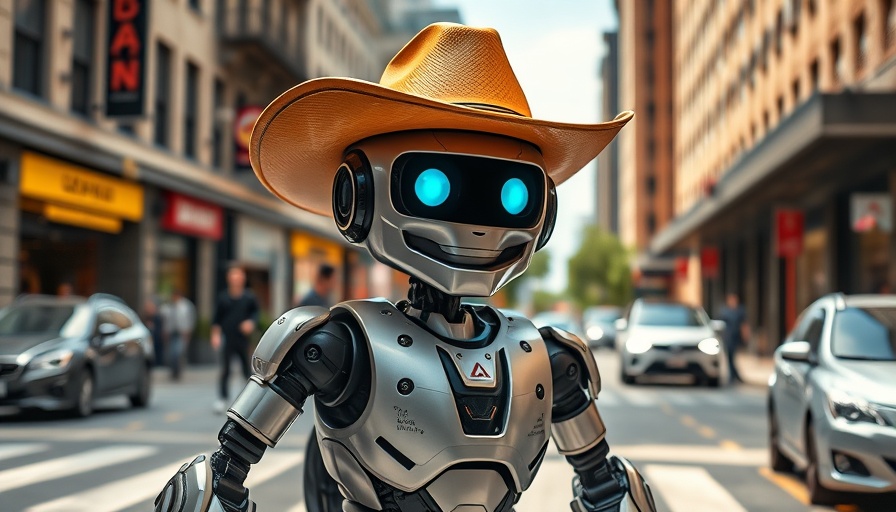
The Rise of AI in Job Applications: A Double-Edged Sword
The job market is evolving rapidly, with artificial intelligence (AI) now emerging as a competitor for human applicants. The rise of AI-generated candidates poses significant challenges for hiring managers, small business owners, and job seekers alike. Traditionally, candidates would compete against one another for job openings, but with sophisticated AI tools capable of creating convincing resumes and deepfake profiles, the battlefield has shifted. As small business owners, understanding how to navigate these changes is paramount in safeguarding your hiring processes and company culture.
Understanding the Threat: AI Fraud in Recruitment
Recent incidents have highlighted the alarming trend of AI being used not only to apply for jobs but to further fraudulent activities once hired. According to reports from cybersecurity experts, scam artists are leveraging AI to fabricate identities, effectively creating fake candidates who may even secure positions at legitimate companies. For example, the co-founder of Vidoc Security, Dawid Moczadlo, shared his unsettling experience where he interviewed an AI-generated candidate whose identity was obscured using advanced deepfake technology. The fear was palpable; such candidates can bring harm by stealing sensitive information and potentially compromising company networks.
Why This Matters for Small Business Owners
Small business owners are particularly vulnerable to such AI-driven scams. With limited resources for extensive vetting processes, distinguishing between real candidates and AI imposters can be daunting. The anecdote from Vidoc underscores a critical need for small businesses to rethink their hiring strategies and implement robust verification methods. Additionally, the integration of AI in job-seeking means that human applicants now face heightened competition. The pressure mounts for individuals to not only stand out with unique skills but also to prove their authenticity in an increasingly crowded field.
Implications for the Future of Work
The intersection of AI and job applications leads to pressing questions about the future of work. As AI systems become more embedded in recruitment processes, regulations and best practices for hiring must evolve concurrently. Will we see a rise in face-to-face interviews becoming the norm as a safeguard against AI fraud? Or will technologies develop to verify identities and track candidates in a way that deters fraudulent applications?
Setting New Standards: What Small Businesses Can Do
In light of these emerging challenges, small businesses can take proactive steps to bolster their hiring processes. Here are a few recommendations:
- Enhance Screening Procedures: Move beyond traditional resume screenings. Consider using behavioral assessments or skill challenges to evaluate candidates effectively.
- Adopt Verification Technologies: Implement tools that verify applicants' identities and work histories. Utilizing software designed to detect deepfakes can also serve as an additional layer of security.
- Promote In-Person Interviews: If possible, fly promising candidates out for in-person interviews. This method can provide a level of assurance about the authenticity of the applicants.
Embracing Change: Moving Forward
As we grapple with these new realities, small business owners should remain adaptable and open to changes in their hiring strategies. Rather than viewing AI solely as a threat, it can also be embraced as a tool to improve operations and streamline processes. When used responsibly, AI can help small businesses attract talent more efficiently and effectively.
Overall, while the competition from AI-generated applicants may seem daunting, it provides an opportunity for businesses to refine their hiring practices and promote a more secure and efficient recruiting environment.
 Add Row
Add Row  Add
Add 




Write A Comment